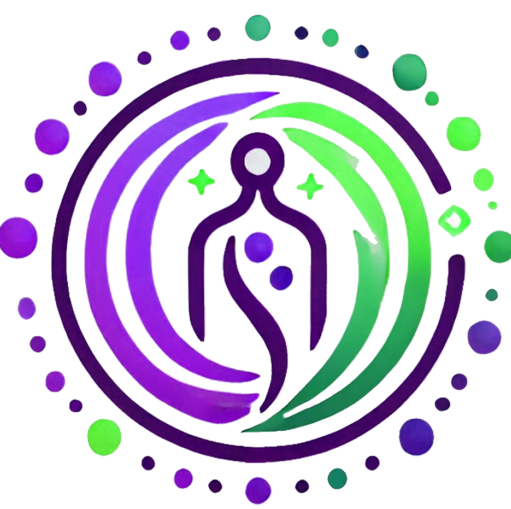Introduction: Chronic pain can significantly impact your quality of life, affecting both your physical and emotional well-being. By alleviating chronic pain through NeuroCellular Reconditioning, you can harness the power of your mind to reduce discomfort, promote healing, and regain control over your body.
1. Neuro-Visual Integration (NVI): Visualizing Pain Relief
Practice:
Engage in a daily visualization exercise where you picture the areas of your body affected by chronic pain becoming free from discomfort. Imagine the pain melting away, leaving behind a sense of ease and comfort.
Guided Imagery:
Spend 10-15 minutes each day visualizing the affected areas of your body as calm and relaxed, with any pain dissipating into nothingness. See your body moving freely, pain-free, and feel the relief spreading throughout your body.
2. Cognitive Reprogramming Constructs (CRC): Rewiring for Pain-Free Living
Affirmation:
Use intention-driven statements like, “My body is free from pain,” or “I experience comfort and ease in every movement.”
Application:
Repeat these affirmations aloud, especially when experiencing discomfort. This practice helps to rewire your neural circuits, fostering a positive internal environment that supports pain relief.
3. Autonomic Modulation Protocols (AMP): Breathing for Pain Management
Breathing Exercise:
Incorporate deep, rhythmic breathing into your daily routine to help manage and alleviate chronic pain. Practice diaphragmatic breathing for 5-10 minutes each day, focusing on slow, steady breaths that relax your body and reduce pain perception.
Protocol:
Inhale deeply through your nose, filling your lungs completely, and then exhale slowly through your mouth. This technique helps activate the parasympathetic nervous system, which supports pain management and promotes relaxation.
4. NeuroReflective Documentation (NRD): Journaling for Pain Relief
Journaling Practice:
Document your thoughts, feelings, and intentions related to chronic pain. Reflect on any triggers or habits that might be contributing to your pain, and write about your goals for managing and alleviating it.
Prompt:
“At the end of each day, I will write about how my body felt, particularly in areas affected by chronic pain. I will set positive intentions for the following day, focusing on how I want my body to feel and move.”
5. Quantum-Resonance Meditation (QRM): Meditating for Pain Alleviation
Meditation Practice:
Engage in daily meditation that synchronizes your brainwaves, achieving a state of deep coherence that supports pain relief. Focus on bringing balance and harmony to the areas of your body affected by pain through relaxation and mental clarity.
Guided Session:
Find a quiet space, close your eyes, and breathe deeply. As you meditate, visualize the pain in your body melting away, leaving you feeling comfortable and at ease. Feel a sense of peace and trust in your body’s ability to heal and manage pain effectively.
Conclusion
By integrating these practices into your daily routine, you can actively support your body’s ability to alleviate chronic pain and improve your quality of life. Each of these techniques is designed to empower you, helping you align your thoughts, emotions, and body in the pursuit of pain-free living.
Remember: Consistency is key. The more you engage with these practices, the more effective they will be in supporting your body’s natural ability to manage and reduce chronic pain.
